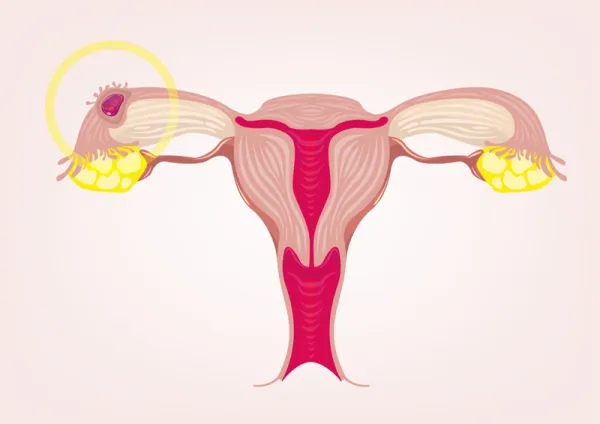Pathology/Lab Coding Alert
Abide by Specimen Definition
Question: We’re trying to code a pathology report with the following information:
Specimen: Ascending colon polyp x 2
Diagnosis: Hyperplastic polyps
Microscopic: Sections demonstrate polypoid colonic mucosa with hyperplastic glands containing a serrated luminal contour, which is most pronounced in the upper portions of the crypts. There is no adenomatous change identified.
Can we bill for two polyp specimens?
Codify Subscriber
Answer: You should not bill for two separate polyp specimens, even though the pathologist received and examined two polyps.
Here’s why: The reason you should report only one unit of service is that the polyps are not “submitted for individual and separate attention,” which is the CPT® definition of a separate surgical pathology specimen. Based on the specimen description in the pathology report, it appears that the surgeon did not individually and separately identify the polyps. The surgeon would need to distinguish the two polyps in some way, such as submitting them in separate containers, or tagging (such as ink or suture) one polyp and describing the two polyps in a way that differentiates them, such as location or orientation.
Do this: You should code this case as 88305 (Level IV - Surgical pathology, gross and microscopic examination,… Polyp, colorectal…).
Opportunity: Because the code definition states singular “polyp,” you could bill two units of 88305 for two colorectal polyps if the surgeon separately submits and identifies the polyps, and the pathologist individually diagnoses the polyps
Related Articles
Pathology/Lab Coding Alert
- CPT® 2015:
4 Tips Decode New GSP Codes
Check coverage and await gapfill pay decision. If your molecular lab performs genetic sequencing procedures [...] - GSP Payment:
Look to Gapfill Genomic Pricing for Next Year
Ask payers for reporting/payment instruction. You have 21 new CPT® codes for “Genomic Sequencing Procedures [...] - ICD-10:
Expect Direct Crosswalk for Aortic Dissection
Specify thoracic or abdominal site Good news: Nothing changes but the number when you’re reporting [...] - SGR Fix:
Manage Medicare Pay Cut Now
Senate may act after recess. It happened — April 1 came and went with no [...] - You Be the Coder:
Multiple FISH Probes Define 'Multiplex'
Question:Could you please clarify the meaning of “multiplex” in codes 88374 and 88377 for FISH? [...] - ICD-10 Transition:
Use Testing Opportunities to Ensure You're Ready
Watch for July application. If you think your lab is ready for ICD-10 implementation, you [...] - Reader Questions:
Get Familiar With Sperm Toluidine Blue Assay
Question: The lab received a sperm specimen and a request for a Toluidine blue assay for [...] - Reader Questions:
Abide by Specimen Definition
Question: We’re trying to code a pathology report with the following information: Specimen: Ascending colon polyp [...]




